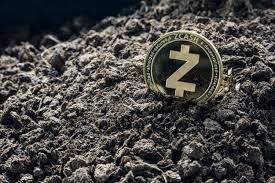Parity Technologies and Zcash Foundation entered into a partnership recently to develop alternative full node software for Zcash, the first of its kind. Parity revealed the information through an article posted on its official blog a few days ago. According to Parity, the software will write the Zcash alternative node in the Rust programming language.
Parity in an excellent position to build alternative full node software
Parity Technologies stated that its profound experience in building client implementations based on blockchain technology such as Bitcoin (BTC) and Ethereum (ETH) places it in an ideal position for creating the dependable alternative full node software for Zcash.
The Web 3 summit held in Berlin, Germany in October 2018 revealed the founder of Parity, Gavin Wood launching a new blockchain network within just 15 minutes. The company is developing a new protocol for full nodes that will function alongside the existing Zcash blockchain. It will reduce the chances of network outages that sometimes occur as a result of repository takeover by a bad actor. It is one of the very few risks that the current centralization of blockchain faces.
Industry analysts believe that the development of full node software as an alternative for Zcash may be one of the most critical steps for Parity as the company is trying to secure the Zcash blockchain platform from being compromised.
While discussing the company’s partnership with Parity, the Executive Director of Zcash Foundation, Josh Cincinnati said, “An independent node implementation provides more options for Zcash miners and users, which promotes healthy decentralization of the cryptocurrency protocol as it matures.”
Parity to launch Polkadot in 2019
After developing the alternative full node software for Zcash, Parity will now focus on its new blockchain project Polkadot. The company is now adding significant resources to this project which Parity expects to launch next year. The new project is a solution from Parity for dealing with blockchain interoperability which the platform has to achieve for serving the global underlying technology.
